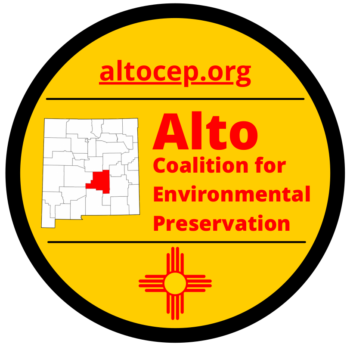Fort Stanton Cave Study Project (FSCSP) report
January 31, 2022
To Whom It May Concern:
Fort Stanton Cave and the Snowy River Passage is a Lincoln County Jewel that was formed by the pure waters from the great Sierra Blanca Mountain in our back yard, and must be protected. In 2005 the cave was designated a National Conservation Area by Congress, to be afforded the highest protection from the impacts of man-made activities. This letter explains our concerns about the proposed Concrete Batch Plant in Alto, NM.
The Fort Stanton Cave Study Project (FSCSP) was organized over fifty years ago exclusively for scientific purposes. Specifically, we are involved in the detailed study of Fort Stanton Cave including survey, exploration, cartography and history. Biological studies include life found in the cave the size of bats and as small as microbes. Geological studies include research to understand the processes behind the cave’s formation, the chemistry involved, and the hydrology (water studies). As a non-profit organization (501.c.3), we have over 100 volunteers that include various scientists, engineers, educators and others from New Mexico and other states.
One of the primary goals of the FSCSP is to enhance our understanding of the complex Fort Stanton Cave system and its famous Snowy River Passage by working closely with scientists in various fields. For instance, FSCSP scientists have found extremophile microorganisms and are currently describing their importance to science. Scientists are using their lab access at universities to help date the formation of the cave. We have installed data loggers to monitor the flow of water in the Snowy River Passage, the spring resurgence into the Rio Bonito, and the temperature and humidity characteristics in the main cave and surrounding caves. Our caver volunteers have mapped and surveyed over 42 miles of cave passages.
This cave environment is an important scientific laboratory used by many of our science partners including the University of New Mexico, New Mexico Tech, New Mexico State University, United States Geologic Survey, the National Cave and Karst Research Institute, and other associates. Many of our scientists are internationally known and continue their important outreach world-wide. All of this research is done in cooperation with the Bureau of Land Management and the United States Forest Service.
The FSCSP is concerned that significant groundwater usage and outfalls from the proposed concrete batch plant might have a negative impact on Fort Stanton Cave. The aquifers that are presently maintaining and growing the beautiful calcite formations and unique biological systems in the cave are fed directly from the mountain streams and ground water. Specifically, these are the Little Creek, Eagle Creek and Rio Bonito drainages. Little Creek is less than a quarter mile from the proposed plant site and Rio Bonito is 2 miles from the proposed plant site. The cave has already been mapped from the Entrance near Fort Stanton to within 340 feet of Little Creek, and it is expected that future mapping will show that it extends directly below Little Creek and beyond. Water that flows down Little Creek and over the cave area is likely to enter the passages and have a negative impact if it is polluted. This potential negative impact has not yet been formally assessed.
Additional Information on the cave and its extent is available at the Fort Stanton Museum (located on the quadrangle at Fort Stanton) where a special room designated for the cave and Snowy River is featured. Further information on the cave is available on the internet at [http://fscsp.org/].
Respectfully submitted,
- John Cochran
- John J. Corcoran
- Pete Lindsley
- Ron Lipinski
- John Lyles
- John Moses
- Steve Peerman
- Lynda Sanchez
- Lee Skinner
- Wayne Walker
Leadership and Board of Directors – Fort Stanton Cave Study Project, 1 Whispering Winds Trail, Placitas, NM 87043
